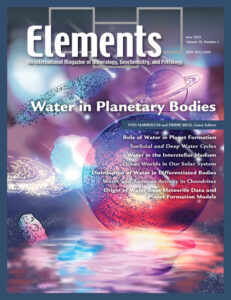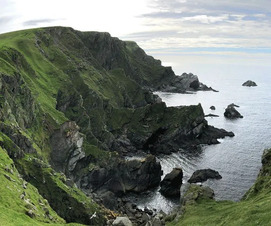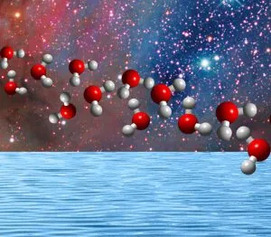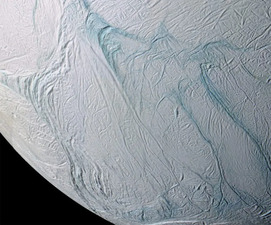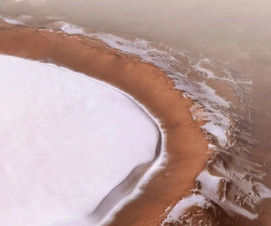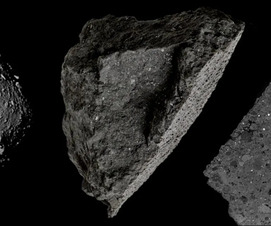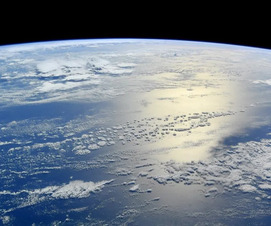Water in Planetary Bodies
Yves Marrocchi and Pierre Beck – Guest Editors
Table of Contents
Despite being a simple molecule, water has played a key role in shaping the Solar System from the formation of early solids to the processes of planetary and moon formation. Through its astrophysical cycle, water has driven the evolution of protoplanetary disks, which, in turn, has affected the water budget of terrestrial planets and, therefore, their geological activities and habitability. Understanding water’s role in diverse natural processes requires expertise in astrophysics, geophysics, and geochemistry. This issue of Elements will introduce the different environments and processes where water is of fundamental importance, as well as its past and present distribution within the Solar System and how this peculiar molecule affects astrophysical and geological processes.
- The Quest for Water
- We Drink Good 4.5 Billion-Year-Old Water
- Ocean Worlds in Our Solar System
- Water in Differentiated Planets, the Moon, and Asteroids
- Recent Advances in our Understanding of Water and Aqueous Activity in Chondrites
- Origin of Water in the Terrestrial Planets: Insights from Meteorite Data and Planet Formation Models
v18n4 Cascadia Subduction Zone
GUEST EDITORS: Adam Kent (Oregon State University, USA) and Josef Dufek (University of Oregon, USA)
The canonical Cascadia subduction zone runs along the west coast of North America from Canada to northern California. The issue will emphasize the region as a historically important location for the development of ideas in subduction zone science, a place for understanding the compound hazards of a subduction zone in a populous region, and as a location where science is now moving beyond the traditional disciplinary confines to embrace multidisciplinary and transdisciplinary approaches. The Cascadia subduction zone is a natural laboratory for exploring ideas related to evolving subduction zone geometry and seismicity, melt transport, and the controls on eruptions. This issue will describe our current understanding of the combined tectonic and magmatic systems in this important subduction system.
- The Cascadia Zone: Subduction and People Adam Kent (Oregon State University, USA) and Josef Dufek (University of Oregon, USA)
- Tectonics and Geodynamics of the Cascadia Subduction Zone Haiying Gao (University of Massachusetts, Amherst, USA) and Maureen Long (Yale University, USA)
- Quaternary Volcanism in the Cascade Arc Adam Kent (Oregon State University, USA)
- The Nature of Active Magma Reservoirs and Storage Underneath Cascade Volcanoes Josef Dufek (University of Oregon, USA), Kathy Cashman (University of Oregon, USA), Emilie Hooft (University of Oregon, USA), and Paul Bedrosian (United States Geological Survey, USA)
- The Role of Subduction Zone Processes in the Cultural History of the Cascade Region Nicole Moore (Pomona College, USA) and Lynn Robertson (Bureau of Land Management, USA)
- Volcano, Earthquake, and Tsunami Hazards of the Cascadia Subduction Zone Elizabeth Westby (USGS Cascade Volcano Observatory, USA), Andrew Meigs (Oregon State University, USA), and Chris Goldfinger (Oregon State University, USA)
- Halogens: From Planetary Surfaces to Interiors (February 2022)
- Organic Biomarkers (April 2022)
- Water in Planetary Bodies (June 2022)
- Cascadia Subduction Zone (August 2022)
- Cement and Concrete: From the Romans to Mars (October 2022)
- Exploring Jupiter’s Moon Io (December 2022)



